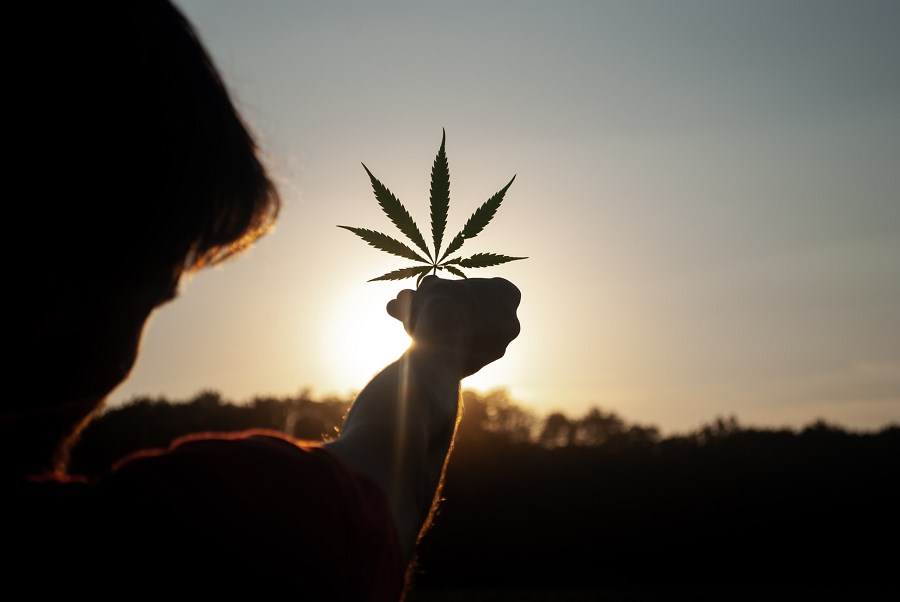Ruth Saldanha: If you're closely watching the markets in 2020, you may have noticed that uranium has been steadily rising. Morningstar analyst Kristoffer Inton believes that because of the pandemic and because of the results of the 2020 presidential election, the prices of the commodity have risen. But can that continue? He's here today to share his thoughts.
Kris, thank you so much for being here today.
Kristoffer Inton: Thanks for having me.
Saldanha: First up, the price of uranium rose sharply at the beginning of the pandemic. It fell a little and then it rose again. What was the reason for this first initial price fluctuation?
Inton: So, at the start of the pandemic, what we saw was some temporary production cuts by major producing companies, Canadian-based Cameco and Kazakhstani government owned Kazatomprom. Now, the uranium industry has been struggling for the last decade with oversupply given the shock to the system after the Fukushima disaster and Japan's subsequent pullout as a buyer in the uranium market. That oversupply has weighed on prices. So, the shutdowns were seen as potentially accelerating the supply and demand imbalance.
Saldanha: Well, after that initial fluctuation the price kind of steadied before rising again recently. So, what is the reason for this recent optimism in uranium?
Inton: Well, interestingly, there hasn't been another rise in the underlying uranium price like we saw at the start of the pandemic. But what we have seen is Cameco stock price rising massively since the beginning of December. And it's tough to pin down, but I'd probably argue that it's due to another pandemic-related shutdown for Cameco, continuation of reduced production by Kazatomprom, as well as optimism for nuclear with the incoming Biden administration. President-elect Biden's choice for climate czar, John Kerry, has shown support for nuclear in recent years.
Saldanha: Well, you mentioned both the companies that mostly control the supply of uranium, which also means they could potentially control prices. So, is this situation like the one that we've seen with oil and OPEC?
Inton: I would say it's similar in the sense that OPEC generates about 40% of the world's oil production and Kazakhstan and Canada together control closer to 60%. But it's very different in that OPEC is a cartel. So, they're coordinating production to affect the prevailing price. There's no such coordination in uranium. It's just each company making the best decision that makes the most economic sense for each of them.
Saldanha: So, what does all of this mean for Cameco? It's already risen, like you said, from the start of December. What happens with the stock going ahead?
Inton: So, we've long seen Cameco as undervalued given the difference in the spot market price of uranium weighed down by oversupply and the higher mid cycle price that we believe the industry needs to maintain sustainable production to meet demand. Given that shares are up about 40% since the beginning of December, shares are starting to look roughly fairly valued for us now.
Saldanha: Great. Thank you so much for joining us with your perspectives, Kris.
Inton: Thank you.
Saldanha: For Morningstar, I'm Ruth Saldanha.
Have You Found Your Niche?
Explore the latest Global Thematic Fund Landscape report here




















